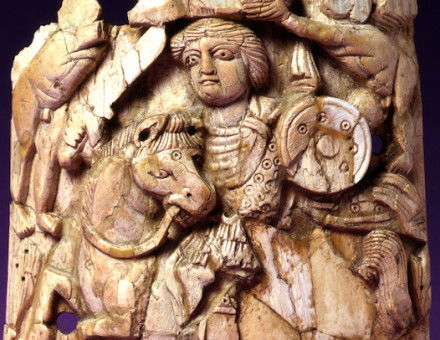Mass Observing The British
Dorothy Sherindan, the Archivist of Mass-Observation at the University of Sussex, traces its development - and revival in the 1980s.
'Unequalled opportunity for the pettifogging, the malicious, the cranky, the interfering and the mildly dotty ... ' So ran the leader of the Evening News on June 26th, 1937 in response to the launching earlier the same year of an organisation calling itself 'Mass-Observation'. The Evening News was not the only newspaper to react so vehemently to this new venture. During the peak years of its activities, 1937-1949, Mass-Observation received considerable attention, both positive and negative, in the national press. So much so that by the end of its first year, in a review of its work, Mass-Observation was able to make a survey of its own press criticism. Such systematic self-examination was typical of a movement which refused to acknowledge the existence of any manifestation of the social world which could not or should not be properly observed, recorded and analysed. 'The function of Mass-Observation', according to an early publication, 'is to get written down the unwritten laws and make the invisible forces visible.' Lists or subjects to be studied ranged from the shouts and gestures of motorists to the private lives of midwives.





